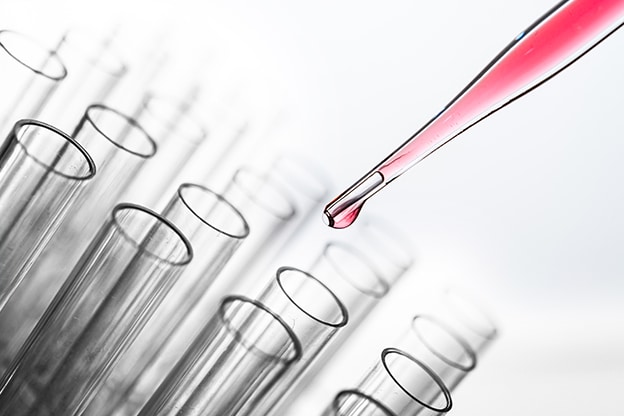If your workforce includes those with a commercial driver’s license (CDL) or other transportation operators, then you’re aware of the Department of Transportation (DOT) requirements regarding alcohol and drug testing. To ensure safety on the road, you’ll need a streamlined DOT drug testing program. This can be challenging for many employers. However, you can simplify the process and remain in compliance with a managed one.
What Does a Managed DOT Drug Testing Program Work?
The DOT allows employers to choose the organization that facilitates the testing. However, you are still ultimately responsible for it and must follow protocols to stay in compliance. There are no rules that state you can’t run your own program. Very few companies do this, as it has many regulatory requirements, including a policy, a certified medical review officer (MRO), Reasonable Suspicion training for supervisors, post-accident training, and more.
As a result, small to medium companies find this too daunting and expensive. Most turn to organizations that specialize in drug testing programs for DOT. A managed process means that a third party carries out all the regulatory mandates and ensures it runs smoothly.
What’s Included in a Managed DOT Drug Testing Program?
There are multiple occasions where drivers need to undergo testing.
Pre-Employment Testing
A test is the first event. This is as much a safety measure as it is a regulation. Before any new hire can begin work, he or she will submit to a standard DOT drug test, which screens for amphetamines, cocaine, marijuana, opiates, PCP, and ecstasy.
Random Testing
A random testing plan is mandatory for all DOT-regulated companies and their drivers. The process works by pooling all eligible employees in a consortium. Then, a computer selects people at random. Once chosen, the employee must go straight to the test. It works well as a deterrent against habitual or occasional drug use.
Workplace Testing
Several workplace scenarios prompt the need for a drug test. The first is reasonable suspicion, which flags drivers who exhibit signs and symptoms of drug use. The second is post-accident. There are special criteria for the post-accident drug test situation.
The third is a return to duty. It’s a requirement for any positive drivers and those returning to work after working with a Substance Abuse Professional (SAP).
How Implementing a Managed Program Reduces the Strain on Internal Resources
In most cases, your HR or safety manager will be responsible for internal ownership. However, considering all the compliance requirements, going it alone would significantly strain these resources that already have full plates.
A program is much easier to maintain and scale when choosing a partner to manage it. They have the expertise, experience, and processes in place to make it easy. Here’s how this can benefit you:
- Less administrative work means your team members can focus on other higher-level tasks.
- Data and records are in one place and easily accessible to those that need them. This will be extremely important should you have to take a case to court.
- Reduction of costs is likely when you use one company to manage your drug testing instead of multiple vendors.
- There is the assurance of meeting all compliance mandates, as third parties design robust programs that meet all protocols and stay current with any changes in the law.
Create a Culture of Safety without the Headaches
DOT drug testing is an essential element in your workforce operations. However, it can be a cumbersome process, which is why so many choose managed DOT drug testing programs. We’ve helped thousands of employers build and maintain programs for years. Find out how our managed services work.

